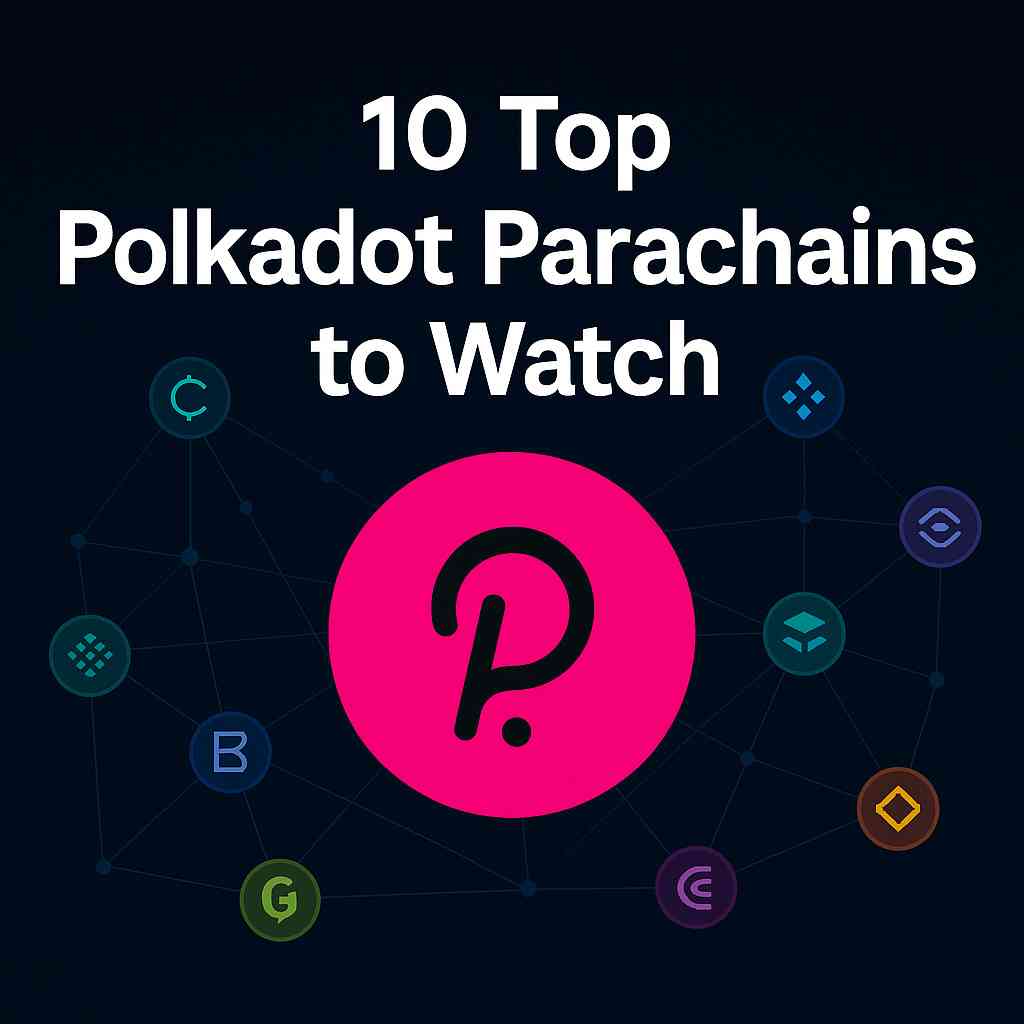The Polkadot ecosystem is evolving rapidly, gaining momentum as one of the most innovative multi-chain networks in the blockchain space. Built with scalability, interoperability, and security at its core, Polkadot introduces parachains—independent blockchains connected to its Relay Chain—that allow specialized use cases to thrive without overloading the main network. As we step further into 2025, here are the 10 top Polkadot parachains to watch for their groundbreaking technology, vibrant communities, and real-world utility.
These Polkadot parachains are not just technical experiments—they’re building solutions that address real-world problems in finance, governance, supply chains, and digital identity. By leveraging the shared security and cross-chain communication of the Polkadot network, these projects can grow faster, operate more efficiently, and collaborate seamlessly with one another.
As Web3 adoption accelerates, the role of Polkadot parachains becomes even more critical. They represent a dynamic layer of innovation that enables modular blockchain development while maintaining a high level of decentralization. Watching how these top parachains evolve in 2025 could provide valuable insights into the future of the decentralized internet. For more on modular blockchain advances, check out Layer-3 Blockchain Technology.
🧩 How Many Parachains Are on Polkadot?
As of 2025, Polkadot supports over 40 live parachains, each fulfilling a unique purpose within its multichain ecosystem. These parachains are connected to the Polkadot Relay Chain, enabling them to benefit from shared security and interoperability. The number of parachains may vary slightly based on new auctions, expired lease periods, or slot rotation. With increasing demand and development, Polkadot’s ecosystem is expected to expand even further—especially as more projects emerge across DeFi, identity, NFTs, and cross-chain communication. For a deeper dive into Polkadot scaling, read our guide on Blockchain Scalability Solutions.
🏆 Parachain Auction Polkadot
A Polkadot parachain auction is the competitive process through which projects earn a slot to become an official parachain on the Polkadot Relay Chain. These auctions are designed to be community-driven, meaning that supporters can contribute DOT tokens through crowdloans to back their favorite projects. Once a project wins an auction, it leases a parachain slot for a fixed period (typically up to 96 weeks), gaining access to Polkadot’s shared security and interoperability.
This decentralized selection mechanism ensures only the most viable and community-supported projects make it into the network. For example, platforms like Astar, Moonbeam, and Parallel Finance all secured their places via early auction rounds.
🔔 Polkadot Parachain Auction
The Polkadot parachain auction system works in a candle auction format, meaning the exact end time is randomized to prevent last-minute bidding manipulation. Auctions take place sequentially, and multiple slots are often available during a given auction period.
The auction process ensures fairness and fosters strong community involvement. Participating in a crowdloan allows users to support promising projects while receiving rewards in the form of native parachain tokens. If you’re exploring launchpads that support such offerings, check out our guide on the Best IDO Launchpads for 2025.
🗓️ Polkadot Parachain Auction Dates
Polkadot parachain auction dates are not fixed but announced in batches by the Web3 Foundation or the Polkadot governance community. Historically, new auction batches are held every few months, and each batch contains several auction slots.
These auctions are often preceded by a registration window, followed by active bidding, and finally, the lease period begins for winning projects. To stay updated, users often rely on official Polkadot forums, parachain dashboards, or exchanges that support crowdloan tracking. If you’re interested in upcoming crowdloan opportunities, especially for small-cap tokens, explore Best Micro-Cap Cryptocurrencies to Invest in 2025.
💰 Polkadot Parachain Price
The term Polkadot parachain price can refer to the value of the native token of a parachain project (like ACA, GLMR, or ASTR) or the market cost (in terms of DOT contributions) to secure a parachain slot during an auction. For investors, this price is influenced by demand, circulating supply, tokenomics, and crowdloan participation.
For example, GLMR (Moonbeam) and ACA (Acala) have shown significant price movements after listing on major exchanges due to high community interest and strong utility. It’s important to research each parachain’s use case, staking model, and liquidity before investing. For those looking to maximize ROI, our guide on High-Risk, High-Reward Crypto Coins for 2025 can offer additional insights.
📜 List of Polkadot Parachains
The list of Polkadot parachains includes high-profile names like:
- Acala (ACA) – DeFi and stablecoin protocol
- Moonbeam (GLMR) – Ethereum-compatible smart contract platform
- Astar Network (ASTR) – Multi-VM support for dApps
- Phala Network (PHA) – Privacy-focused cloud computing
- Parallel Finance (PARA) – Lending, staking, and DeFi services
- Interlay (INTR) – Bringing Bitcoin to Polkadot
- Bifrost (BNC) – Liquid staking and derivatives
- KILT Protocol (KILT) – Decentralized identity framework.
1. Acala (ACA)
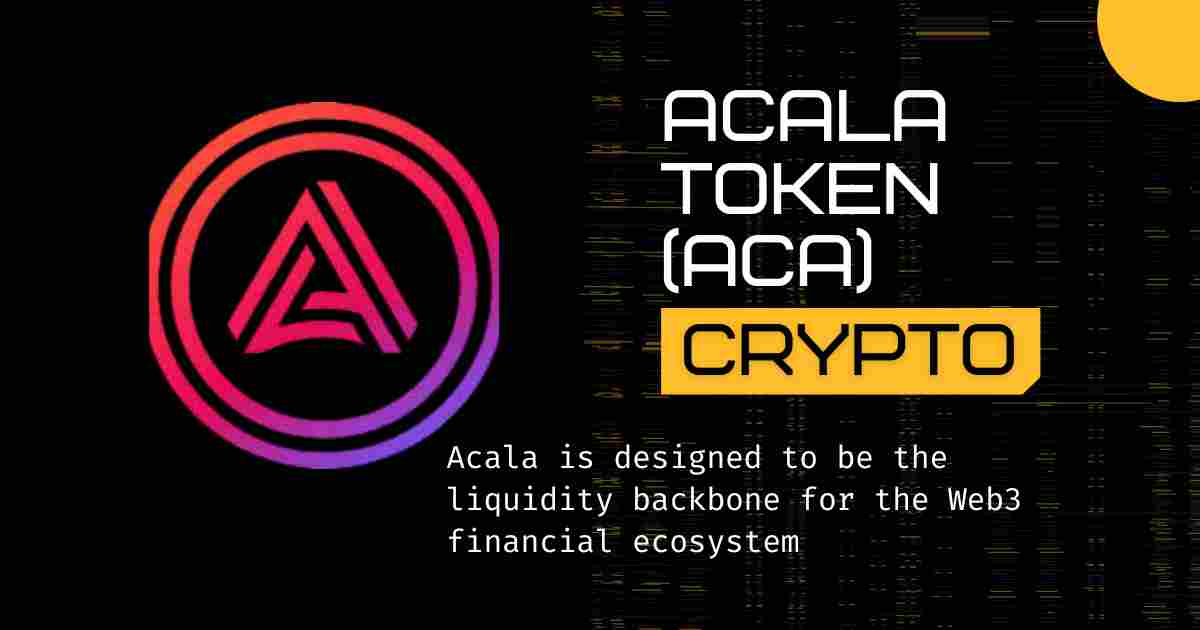
Acala positions itself as the DeFi hub of Polkadot. It offers a stablecoin platform, liquid staking, and cross-chain capabilities. With its native token ACA, Acala enables users to mint stablecoins like aUSD and access various DeFi protocols all within the Polkadot ecosystem. Dive deeper into our Acala (ACA) overview.
2. Moonbeam (GLMR)
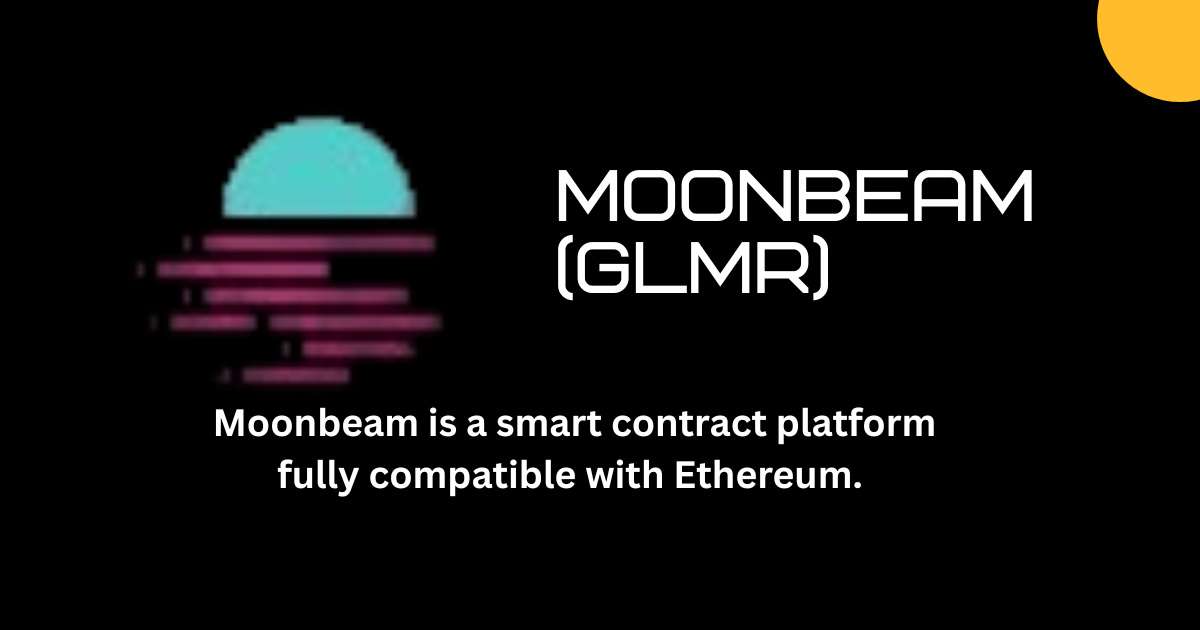
Moonbeam is a smart contract platform fully compatible with Ethereum. It allows developers to deploy existing Solidity contracts to Polkadot with minimal changes. Its focus on interoperability makes it a leading parachain for dApp expansion and multi-chain integration. Read more in our dedicated piece on Moonbeam (GLMR).
3. Astar Network (ASTR)
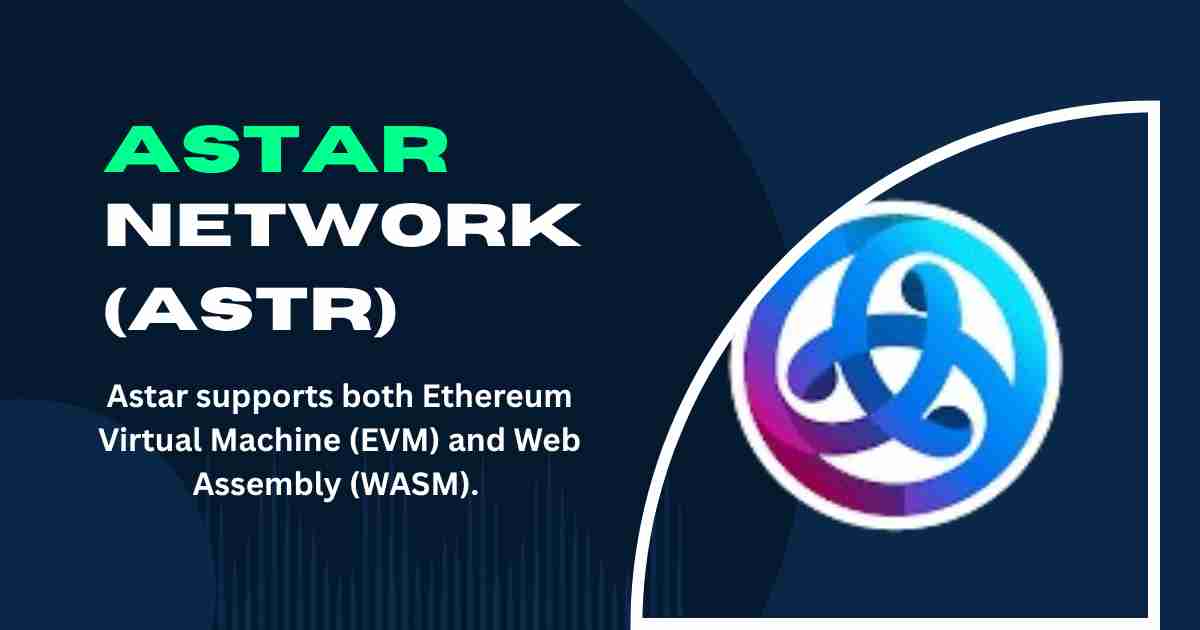
Astar supports both Ethereum Virtual Machine (EVM) and WebAssembly (WASM), empowering developers to build dApps using multiple smart contract languages. It’s gaining traction due to its dApp staking feature, which rewards users for supporting applications they like. Astar is also among the top crypto launchpad tokens.
4. Parallel Finance (PARA)
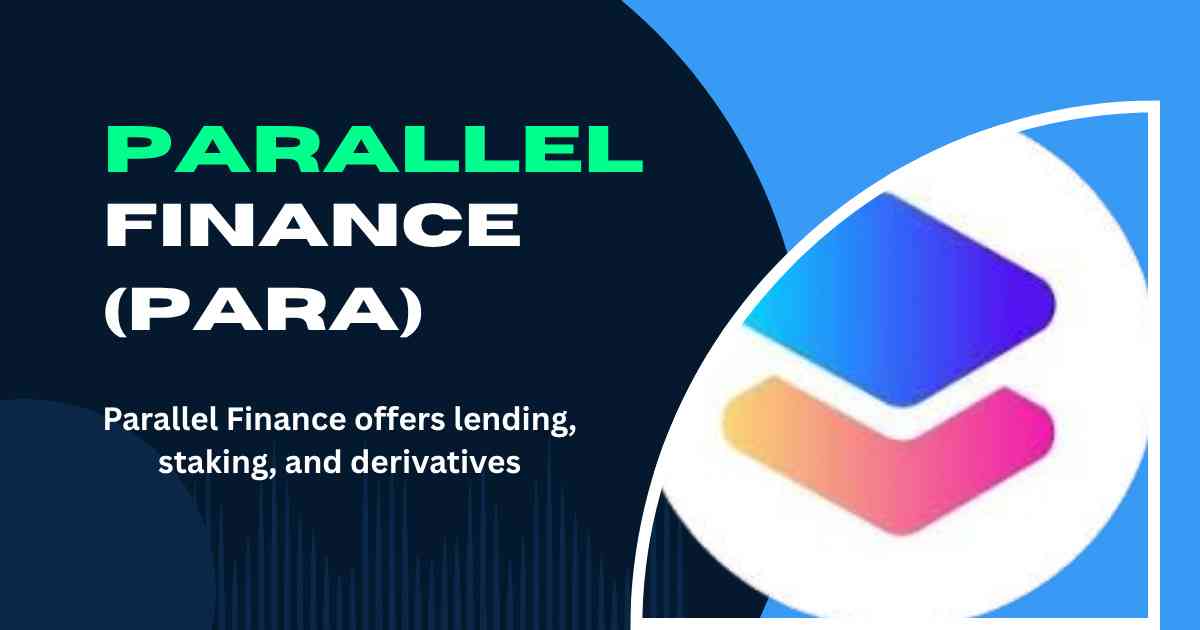
Focused on decentralized finance, Parallel Finance offers lending, staking, and derivatives. It’s one of the most active parachains in terms of TVL (Total Value Locked), helping users maximize capital efficiency while maintaining Polkadot’s high security standards. Learn how this connects with the best low-cap DeFi tokens.
5. Phala Network (PHA)
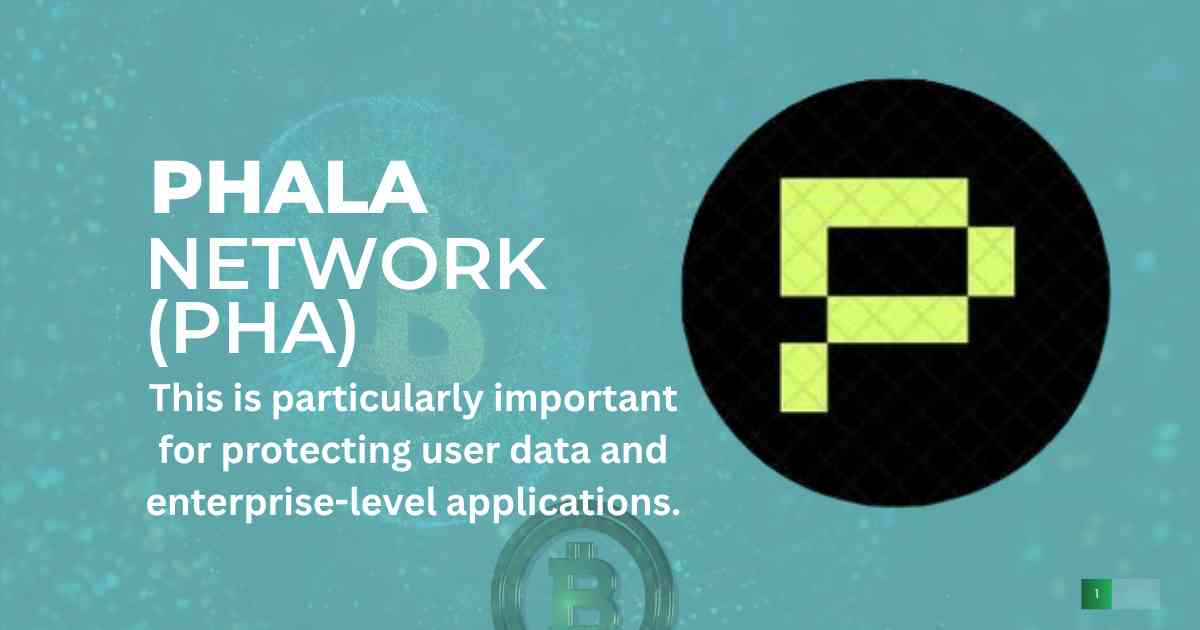
Phala Network focuses on privacy computing. It provides secure and decentralized cloud computing services for Web3 projects using Trusted Execution Environments (TEEs).
This is particularly important for protecting user data and enterprise-level applications. Discover more high-growth altcoin projects like Phala.
6. Interlay (INTR)
Interlay brings Bitcoin to Polkadot via its flagship product, interBTC, a 1:1 BTC-backed token. It enables Bitcoin holders to interact with DeFi platforms in the Polkadot ecosystem, combining BTC’s security with Polkadot’s flexibility. This cross-chain innovation ties into our article on cross-chain interoperability.
7. Bifrost (BNC)
Bifrost specializes in liquid staking. It allows users to stake assets like DOT and KSM without locking them up entirely, providing liquidity through derivative tokens.
This innovation boosts capital efficiency in staking-heavy ecosystems. It’s also discussed in Proof of Stake and Liquid Staking.
8. Clover Finance (CLV)
Clover Finance is building a one-stop infrastructure platform for DeFi applications. With EVM compatibility and multi-chain wallet support, Clover is positioned as a bridge between different blockchain networks and user interfaces. For beginners entering DeFi, see our step-by-step DeFi tutorials.
9. Centrifuge (CFG)
Centrifuge connects real-world assets (RWAs) to DeFi by tokenizing them on-chain. Businesses can use Centrifuge to access liquidity without relying on traditional banking systems. Its use case has the potential to disrupt supply chain and invoice financing. Learn more about RWA Tokenization and its future
10. KILT Protocol (KILT)
KILT is a decentralized identity protocol that gives users control over their personal data. Instead of centralized logins, KILT enables verifiable credentials for Web3 platforms, providing a much-needed layer of trust and privacy online. This aligns with the broader move toward compliant crypto platforms.
🌐 The Future of Polkadot Parachains
The growth of these parachains represents how Polkadot is fulfilling its vision of a decentralized, scalable multi-chain world. As each parachain tackles a unique problem—from identity to liquidity to cross-chain functionality—the network becomes more robust and versatile. Learn more about scalability in our guide on Blockchain Scalability Solutions.
Projects like Moonbeam and Astar are proving that Polkadot’s design allows specialization without sacrificing security. Moreover, initiatives like Centrifuge and Phala Network show that real-world applications are very much possible on parachain infrastructure. For more on niche, high-potential projects, explore our list of Next 10x Crypto Projects.
To explore how other blockchain platforms are innovating in compliance and real-world applications, you might also be interested in our deep dive into Metal Blockchain—The Future of Compliant Crypto.
✅ Final Thoughts
The Polkadot ecosystem is thriving, and these parachains are setting new standards in blockchain functionality, privacy, and real-world integration. Whether you’re a developer, investor, or enthusiast, keeping an eye on these top parachains could help you stay ahead in the next wave of crypto innovation. If you’re seeking more micro-cap opportunities, don’t miss our guide to Best Micro-Cap Cryptocurrencies to Invest in 2025.
FAQs on Top Polkadot Parachains
What are the top Polkadot parachains to watch in 2025?
The most promising Polkadot parachains in 2025 include Moonbeam (GLMR), Acala (ACA), Astar (ASTR), Phala Network (PHA), and Interlay (INTR). These projects are gaining attention for their advanced DeFi applications, cross-chain compatibility, and real-world utility.
Which are the best Polkadot crowdloan opportunities for 2025?
Crowdloan opportunities from established projects like Astar Network, Bifrost, and Parallel Finance are highly anticipated in 2025. These crowdloans allow users to lock their DOT tokens in exchange for early access to new parachain tokens and potential rewards.
What are Polkadot parachain auctions, and why are they important?
Parachain auctions determine which projects secure a slot on Polkadot’s Relay Chain. Winning projects get to operate as an official parachain, giving them access to the network’s scalability, security, and interoperability. Auctions are competitive and community-backed through crowdloans.
How can I stake Polkadot parachain tokens?
You can stake Polkadot parachain tokens directly through their respective platforms or by using Polkadot-compatible wallets like Fearless Wallet, Nova Wallet, or exchanges that support staking. Some parachains also offer liquid staking to earn rewards without locking assets.
Where and how can I buy Polkadot parachain tokens?
Polkadot parachain tokens can be purchased on popular crypto exchanges such as Binance, Kraken, KuCoin, and Gate.io. Always ensure you’re buying from the official token listing and using a secure wallet to store your assets.
What are the best Polkadot parachains to invest in?
For long-term potential, parachains like Moonbeam, Astar, and Acala are considered top investments due to their strong developer activity, interoperability, and integration with Ethereum. Always conduct your own research (DYOR) before investing.
- How many parachains on polkadot
- List of polkadot parachains
- Parachain auction polkadot
- Polkadot parachain auction
- Polkadot parachain auctions dates
- Polkadot parachain price
